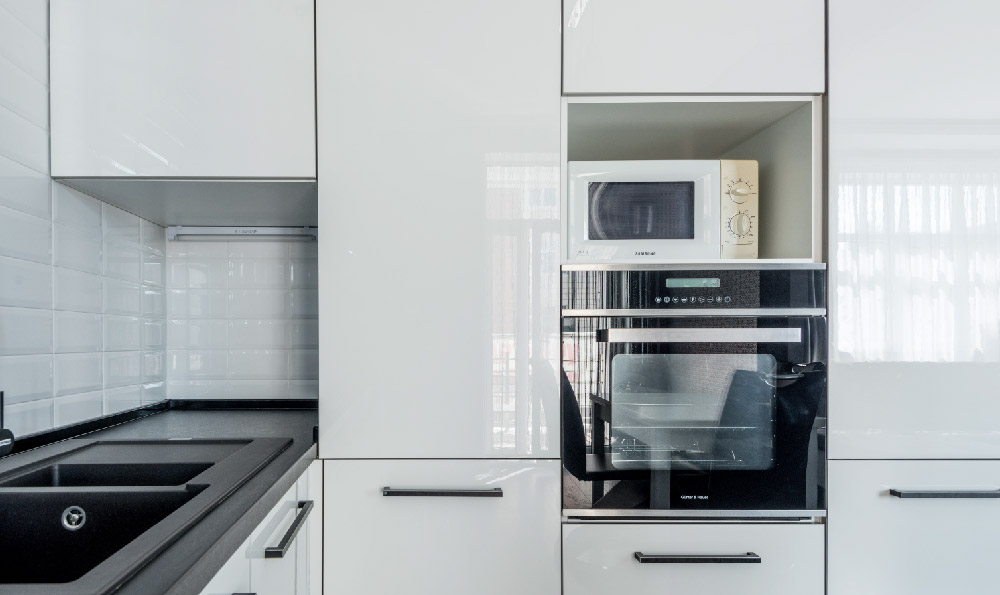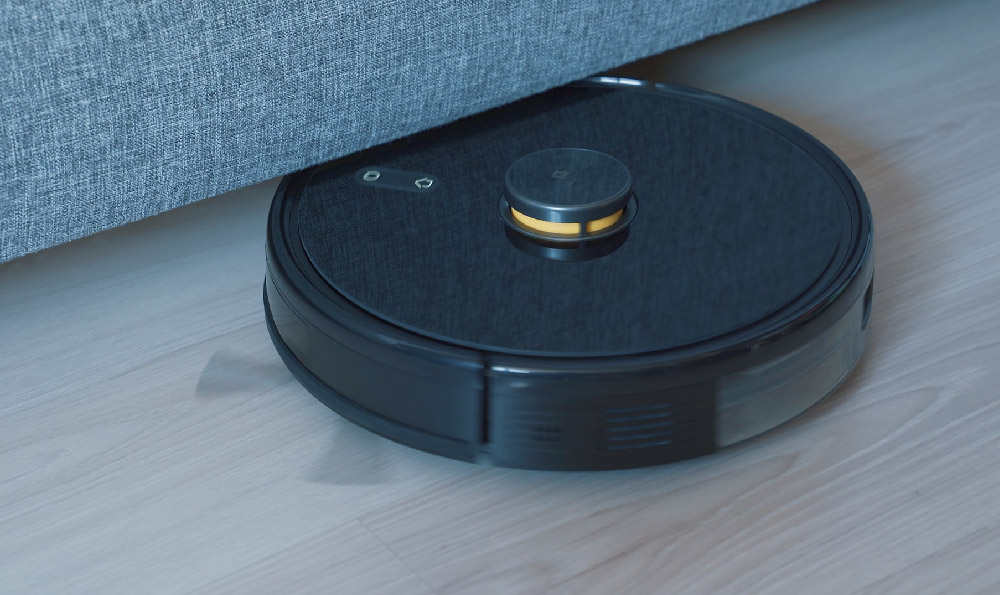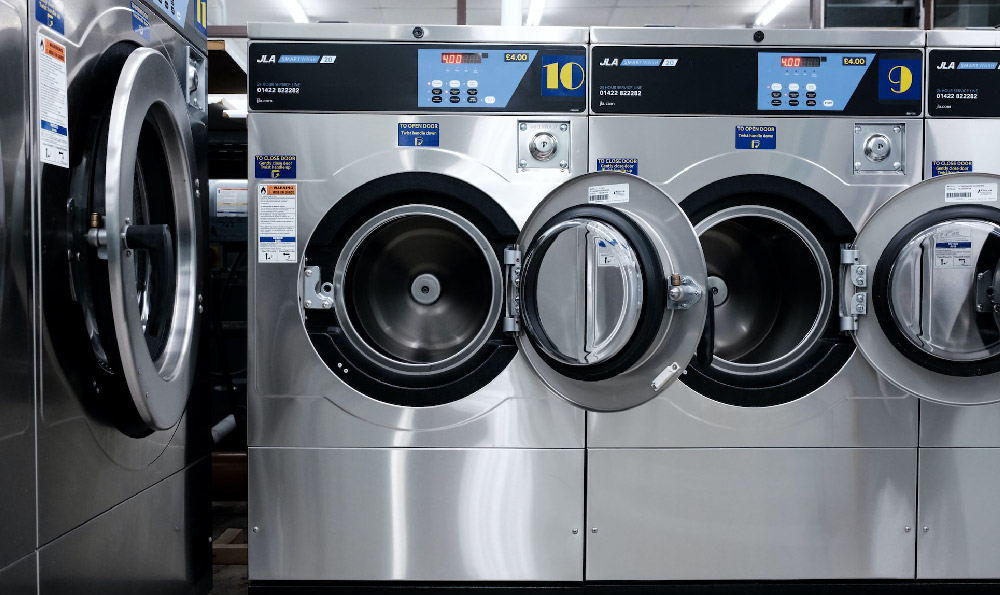您是否曾想过,当您步入家门时,灯光可以自动亮起,空调自动调节到合适的温度,音乐自动播放您喜欢的曲目,所有家电设备可以通过语音指令实现智能控制?这一切并非遥不可及,而是智能家居的实现。本文将为您介绍智能家居的举例,并探讨实现智能家居的方法和技术。

一、智能家居的主要内容和结构
1. 家庭安防系统:通过智能门锁、监控摄像头、烟雾传感器等设备,实现家庭安全监控和报警功能。
2. 照明控制系统:利用智能灯泡、智能开关等设备,实现灯光的智能控制,包括定时开关、远程控制、情景模式等。
3. 温控系统:通过智能温控器、温度传感器等设备,实现对室内温度的智能调节,提高居住舒适度和节能效果。
4. 家电控制系统:将家电设备连接至智能插座、智能遥控器等设备,实现对家电的远程控制、定时开关和智能联动。
5. 娱乐系统:通过智能音箱、智能电视等设备,实现智能音乐播放、电视节目推荐和娱乐内容的个性化推送。
二、智能家居的实现方法和技术
1. 无线通信技术:智能家居设备之间通常采用无线通信技术,如Wi-Fi、蓝牙、ZigBee等,实现设备之间的互联互通。
2. 云计算和大数据:智能家居设备通过连接到云平台,实现数据的存储和分析,为用户提供个性化的智能服务。
3. 语音识别技术:智能家居设备内置语音助手,如Amazon Alexa、Google Assistant等,能够通过语音指令实现智能控制。
4. 智能算法和学习能力:智能家居设备通过学习用户的习惯和喜好,不断优化智能控制策略,提供更加智能化的服务。
5. 设备互联和开放性平台:智能家居设备通过互联互通的标准和开放的平台,实现设备之间的互操作和智能联动。
三、智能家居的举例
1. Philips Hue智能灯光系统:利用智能灯泡和智能开关,用户可以通过APP或语音指令实现灯光的远程控制、色彩调节和情景模式设置。
2. Nest温控系统:通过智能温控器和温度传感器,用户可以实现对室内温度的智能调节,同时系统会学习用户的生活习惯,自动调整温度设置。
3. Amazon Echo音箱:内置语音助手Alexa,用户可以通过语音指令实现家庭安防、照明控制、温度调节等功能,还可以与其他智能设备进行联动。
4. LG ThinQ智能家电:通过智能插座和智能遥控器,用户可以远程控制家电设备,还可以通过智能手机APP实现家电的定时开关和智能联动。
智能家居的实现为我们的生活带来了便利和舒适,同时也提高了家居安全和节能效果。随着技术的不断进步和应用场景的丰富,智能家居的发展前景将更加广阔。让我们期待智能家居给我们带来的更多惊喜和便利吧!
生活中的智能家居产品有哪些

在现代社会中,随着科技的不断发展,智能家居产品已经成为了人们生活中不可或缺的一部分。它们以其智能化、便利性和舒适性等特点,正在改变着人们的生活方式。本文旨在介绍生活中的智能家居产品,并探讨其在行业发展中的趋势和挑战。
内容结构:
1. 智能家居的定义和分类
2. 智能家居产品的种类和特点
3. 智能家居产品的市场现状和前景
4. 智能家居产品面临的挑战和发展趋势
5. 总结和展望智能家居产品的未来发展
智能家居的定义和分类:
什么是智能家居?智能家居是利用先进的科技手段,将家庭中的电器和设备通过互联网连接起来,实现智能化控制和远程管理。根据功能和应用领域的不同,智能家居产品可以分为安防类、照明类、环境控制类、娱乐类等多个分类。
智能家居产品的种类和特点:
在安防类产品中,智能门锁、智能监控摄像头等能够提供家庭安全保障的产品备受关注。而智能灯具、智能窗帘等照明类产品则能够根据环境变化自动调节亮度和色温,提供更加舒适的居住环境。智能家庭助手、语音控制设备等也成为了人们生活中喜闻乐见的产品。
智能家居产品的市场现状和前景:
智能家居产品市场呈现出快速增长的态势。据统计,智能家居市场规模预计将达到数千亿美元。随着人们生活水平的提高和工作压力的增大,智能家居产品将逐渐成为人们生活中的必需品。新兴技术的不断涌现和大数据的普及也为智能家居产品的发展提供了广阔的空间。
智能家居产品面临的挑战和发展趋势:
智能家居产品在发展过程中也面临一些挑战。用户对于智能家居产品的安全和隐私保护存在担忧。不同品牌之间的兼容性和互联互通也是一个问题。智能家居产品的价格和可靠性也需要进一步提升。
为了解决这些问题,智能家居行业需要加强标准化建设和技术创新,提高产品的质量和性能。加强用户教育和宣传,改变用户的刻板印象,增加用户对智能家居产品的接受度和信任度。
总结和展望:
智能家居产品的快速发展和广泛应用,为人们的生活带来了便利和舒适。随着技术的不断进步,智能家居产品将更加智能化、个性化和普及化。我们可以期待智能家居产品在节能环保、健康管理等方面发挥更大的作用,为人们的生活带来更多的惊喜和便利。
智能家居产品已经成为人们生活中的一部分,它们的智能化和便利性为人们的生活带来了许多好处。智能家居产品的发展也面临着一些挑战,需要行业各方共同努力。相信随着技术的进步和用户需求的不断变化,智能家居产品将为人们的生活带来更多的便利和实用价值。
智能家居怎么实现
智能家居是当今科技发展的热点之一,它将人工智能、物联网和家居设备融合在一起,为人们提供了更加智能、便捷、舒适的居住体验。本文旨在探讨智能家居的实现方式及其在未来的发展前景。

在当今社会中,智能家居已经成为了家庭生活中不可或缺的一部分。据统计,全球智能家居市场规模预计将在未来几年内达到几百亿美元。这一数字引起了人们的关注,智能家居究竟是如何实现的呢?
智能家居的实现离不开物联网技术的支持。物联网将各种家用电器、设备和传感器连接在一起,通过云计算和大数据分析,实现设备之间的互联和智能控制。通过这种方式,人们可以通过手机或者其他智能设备控制家庭中的各种设备和设施,实现智能家居的概念。
人工智能技术的应用也是智能家居实现的重要一环。人工智能可以通过学习和分析用户的行为模式和习惯,自动调节家庭设备的工作状态,提供更加智能化的服务。智能音箱可以通过语音识别技术,与用户进行对话,了解用户的需求并提供相应的服务。这种智能化的交互方式,使得智能家居更加贴合用户的需求。
安全性是智能家居实现的重要考虑因素之一。随着智能家居设备的不断增多,家庭网络的安全性也变得尤为重要。为确保智能家居设备的安全性,需要采取合适的网络安全措施,防止黑客入侵和用户隐私泄露。智能家居设备的制造商也需对产品进行安全测试和漏洞修复,提高产品的整体可靠性。
智能家居还可以与其他领域进行深度融合,进一步扩大其应用范围。智能家居可以与医疗领域结合,实现远程监护和健康管理;与能源领域结合,实现智能节能和环保措施。这种融合将进一步推动智能家居的发展,给人们的生活带来更多便利和舒适。
智能家居的实现离不开物联网和人工智能技术的支持,同时需要关注安全性和与其他领域的深度融合。随着科技的不断发展,智能家居将会在未来的家庭生活中发挥更为重要的作用。我们可以期待,智能家居将为人们带来更加便捷、舒适和智能化的家居体验。
【参考译文】
Intelligent Home How to Achieve It
Introduction
Smart home has become one of the hotspots in technology development, which combines artificial intelligence, Internet of Things, and home devices to provide people with a more intelligent, convenient, and comfortable living experience. This article aims to explore the implementation of smart home and its future prospects.
Structure of the Article
In this article, we will first delve into the technology behind smart home, followed by its practical applications. Then, we will discuss the security concerns associated with smart home and its integration with other fields. Finally, we will summarize the main points and emphasize the value and significance of smart home.
Implementation of Smart Home
Smart home relies on the support of Internet of Things (IoT) technology. By connecting various household appliances, devices, and sensors, IoT enables the interconnection and intelligent control of devices through cloud computing and big data analysis. In this way, people can control various devices and facilities in their homes through smartphones or other smart devices, realizing the concept of smart home.
Furthermore, the application of artificial intelligence (AI) is another key factor in achieving smart home. AI can learn and analyze users' behavior patterns and habits, automatically adjusting the working status of household devices to provide more intelligent services. For example, smart speakers can engage in conversations with users through voice recognition technology, understand their needs, and provide corresponding services. This intelligent interaction makes smart home more user-friendly.
Safety and Integration
Security is an important consideration in the implementation of smart home. With the increasing number of smart home devices, the security of home networks becomes crucial. To ensure the security of smart home devices, appropriate cybersecurity measures need to be taken to prevent hacking and user privacy breaches. Meanwhile, manufacturers should conduct security testing and patch vulnerabilities to enhance the overall reliability of their products.
Additionally, smart home can be deeply integrated with other fields, expanding its application scope. For instance, combining smart home with the medical field can enable remote monitoring and health management, while integrating it with the energy field can achieve smart energy-saving and environmental protection measures. This kind of integration will further drive the development of smart home, bringing more convenience and comfort to people's lives.
Conclusion
To conclude, the implementation of smart home relies on IoT and AI technologies, while emphasizing security and integration with other fields. With the continuous advancement of technology, smart home will play a more important role in future domestic life. We can expect smart home to bring people a more convenient, comfortable, and intelligent living experience.

















